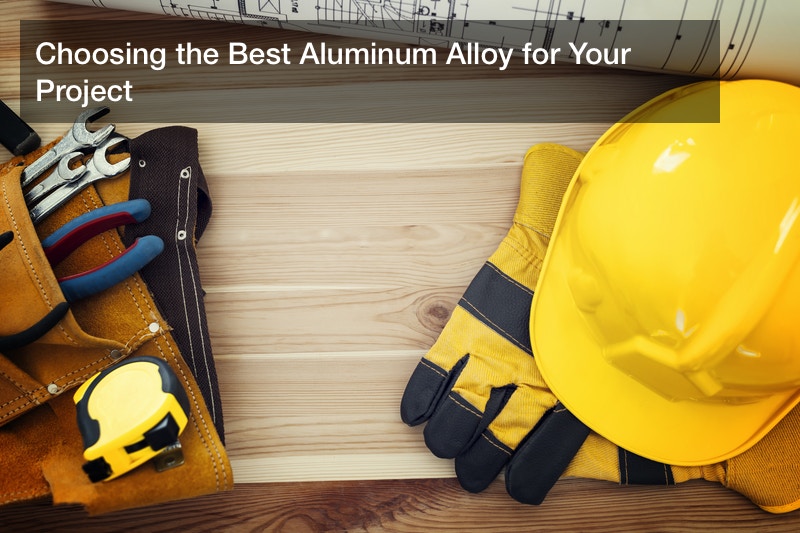
Steel and aluminum industries are the largest contributors to global economic growth, providing well-paying jobs and key inputs for other major industries, including energy, construction, auto-making and transportation, infrastructure, machinery, and advanced manufacturing.
Projections on the metal fabrication industry are showing a 9% growth from 2016 to 2026, adding more than 12,000 jobs to the sector over this decade, according to the U.S Bureau of Labor Statistics. The sheet metal market, in particular, is expanding globally with the U.S. market alone accounting for about $30 billion in revenues.
Thin sheet metals are made from either stainless steel or aluminum. But aluminum is the most abundant metal on Earth and versatile in its application thanks to its unique properties. Apart from being highly recycled, this metal is also ductile and lightweight, making it an ideal choice for a wide variety of applications. Some specific applications, however, will only use an alloy of aluminum instead of its purest form because of its softness.
Combining two or more metals that are available in different types including 3003 aluminum and aluminum 6061, can help create a suitable alloy for more particular applications. Some of the metals’ properties the alloy can take include corrosion resistance, malleability, density and strength. When choosing aluminum alloy, understanding the two most popular forms available can help you pick the right one for your intended application.
3003 Aluminum Alloy
When aluminum is combined with manganese, it forms aluminum alloy 3003. This alloy is the most common aluminum alloy with superior metal properties including corrosion resistance, formability, workability, and strength. These properties makes 3003 aluminum alloy the most suitable for the automotive, food and chemical industry in making kitchen tables, cooking utensils, storage containers among other items.
6061 Aluminum Alloy
Combined metals of aluminum, magnesium and silicon form the second type of aluminum alloy. Like 3003 aluminum, this alloy is generally used and shares some similarities including high formability, high strength, and corrosion resistance, thus ideal for structural materials. Between the two –3003 and 6061 aluminum alloy, the latter is suitable for machining, especially when fastened with screws and bolts.
Perhaps the only merit 6061 aluminum has over 3003 aluminum alloy is its minimal stress on joints and connection points. This alloy has a variety of applications much like the other aluminum alloy from making chemical equipment, furniture to welding.
These are the two main alloy options even though there are a lot of other sheet metal options available. Their excellent properties are what makes them a popular option for various applications. Ensure you understand the difference between the two alloys when choosing a material for your project for its success.
